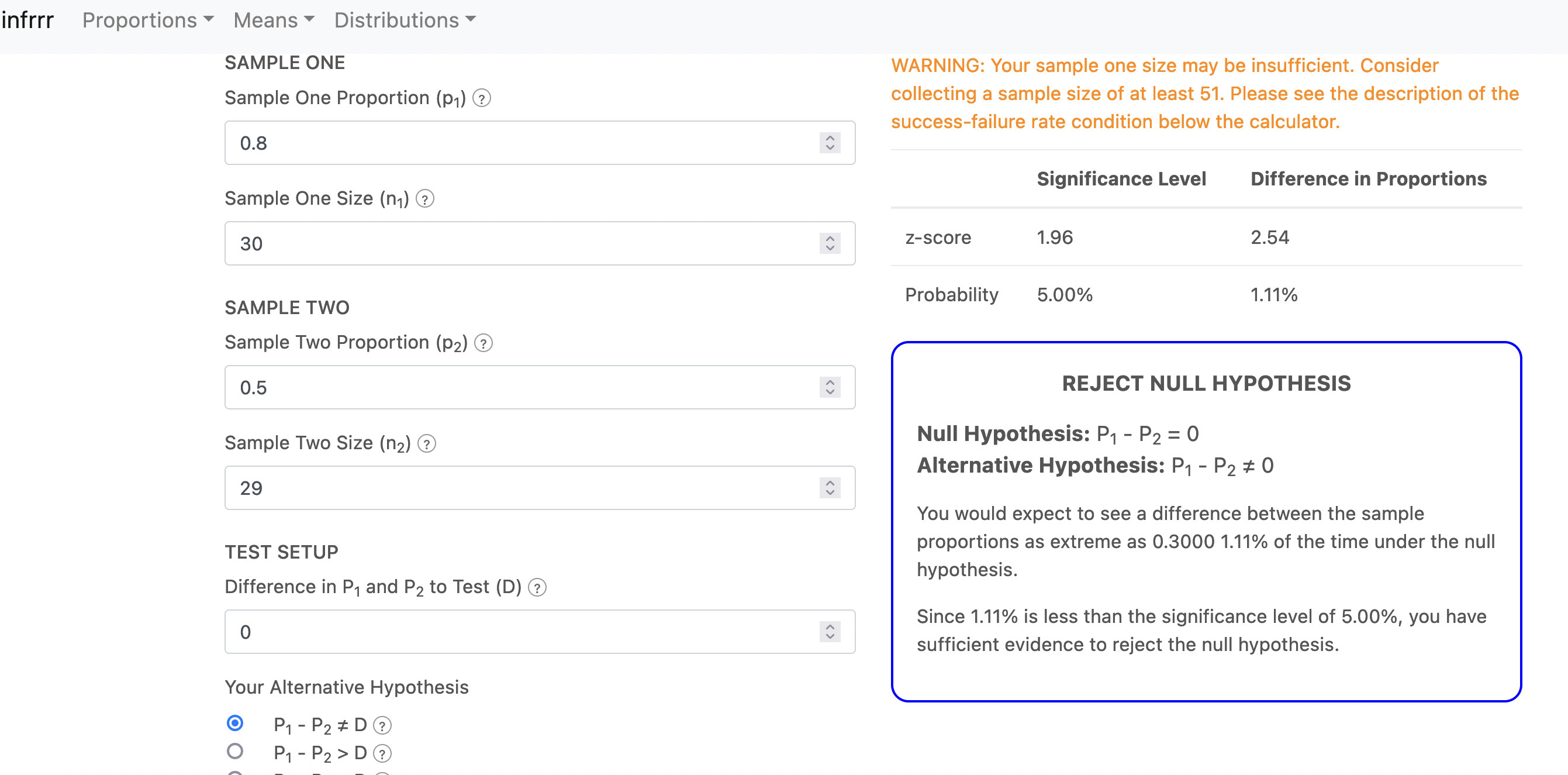BACKGROUNDER FOR (EASTERN) GERMANY
General trajectory and government response
It is not easy to provide a concise and coherent overview of all anti-pandemic measures in Germany. One of the central cleavages between the central government and the states was how to adequately respond to the Coronavirus. Should there be a central, unified approach or tailor-made, regional regulations aimed at curbing the spread of the virus? And like in all other countries, communication with the public during a constantly evolving and highly complex situation affecting almost all areas of life, proved to be extremely difficult.
Constitutionally, health policy in Germany is “Ländersache” (responsibility of federal states). Chancellor Merkel and her health minister Jen Spahn had to come to agreement with 16 different state governors. This time-consuming “horse trading” created notable frustration and dents in the public’s perception regarding policy makers’ ability to tackle the pandemic; a pandemic that didn’t care about state borders. While various laws and regulations were passed on the central government level, they were often tied to fluctuating case numbers, rates of hospitalization, and availability of intensive care hospital beds on the regional level.
These indicators differed from state to state, which led to a lot of confusion, most notably during cross-border travel. In general one can state that while there were overarching principles such as social distancing, mask mandates, closing of shops, no two states had the exact same lockdown measures in place and the ability to enforce those measures also varied substantially.
An example of diverging Corona regulations between central government and states
Source:Corona: Diese Regelungen gelten ab 2. November
There were two main “hard lockdowns” in Germany (22 March- 4 May 2022, 16 December- 10 January). But throughout the pandemic the government adapted measures according to shifting infection rates. From August 2021 onwards Germany implemented what is referred to as the "3G Regel” (geimpft, getestet, genesen). This regulation requires people who enter public and private buildings to be either vaccinated, have recently recovered from Covid-19, or tested negative for the virus within 24 hours.
Cultural Climate around Covid: Conspiracy myths’ driven populism
Since the research focus of the project for Germany revolves around the “ Neue Bundesländer”- the former GDR states (including almost all of the semi-structured interviews) this brief overview mostly highlights developments, movements, narratives in those regions, especially in Saxony
While Germany was lauded internationally for curbing the spread of the Coronavirus initially, wide-spread resistance against lockdown measures and public health advice, anti-elite agitation against scientists and policy makers increasingly intensified. This was especially true in the eastern Bundesländer, where the AFD managed to sow populist discontent against the central government reminiscent of PEGIDA in 2014, thus using the pandemic to bolster its profile.
Heterogeneous groups composed of ‘anti-vaxxers,’ far-right groups, new age spiritualists, conspiracy theorists, gathered to protest state authority and elites. The fervor of their opposition manifested itself most notably in the attempt to storm the German Bundestag in August 2020, but also in various gatherings and protest marches (often 10000-50000) that violated lockdown measures. Many identify as freedom fighters defending their constitutional rights, and in extreme cases view themselves as victims of a freedom-eroding, autocratic state – a state they compare to the Third Reich. this self-victimization and the accusation that fascist tyranny is being imposed on ironically often go hand-in-hand with the propagation of anti-Semitic and Islamophobic Coronavirus conspiracy theories (QAnon, Reichsbürger, Querdenken, SHAEF etc.).
In Saxony, The AFD managed to successfully frame Merkel’s government as unlawful and tyrannical, evoking memories and drawing parallels to the pre-unification era and the socialist regime. By framing lockdowns, mask mandates, and later vaccine regulations as externally imposed measures the far right party instrumentalized and deepened socio-political grievances in the East. It is remarkable that the AFD in eastern Bundesländer managed to flip a 70 year old script on vaccinations by framing vaccinations as an illiberal and freedom robbing tool imposed by a power hungry central government. Historically, vaccinations were compulsory and highly organized in East Germany, whereas they were often voluntary in West Germany. Furthermore, anti-vaccine beliefs were more prominent in the West. This has now changed, as there is positive correlation between voting for AFD and being unvaccinated, and regions that have the most unvaccinated citizens are AFD strongholds.
In late February 2021, a new political movement and party emerged in Saxony. The “Freie Sachsen” (Free Saxonians) have organized dozens of protest marches and have the largest Saxony focused Telegram group (ca 150000 members). The leadership consists of former Neonazis and other far right agitators. The goal of the Freie Sachsen, according to its website, is to end Berlin’s stranglehold on Saxonian socio-historical identity, including anti-lockdown measures and other Corona related activities. Saxony’s CDU Minister Michael Kretschmer is depicted as a West German illegitimate leader, defending Berlin’s and not Saxony’s interests (see image below)
Source: https://twitter.com/freiesachsen_/status/1457104389903106052
The German government has responded by nudging Facebook to delete several conspiracy groups on Facebook. This has hampered the ability to reach out to potential respondents online, because a) some of the observed spaces don’t exist anymore, b) there is an additional layer of mistrust and c) because most populist social media groups have pivoted to Telegram. General themes that became evident in conducted interviews were feelings of being abandoned and/or not represented by policy makers, financial insecurity, detrimental impact of social isolation, general confusion of lockdown measures, and distrust of scientists and the media.
Sources:
https://efbi.de/files/efbi/pdfs/2022-0-EFBI_DigitalReport_final.pdf
Querdenken: the German anti-lockdown movement that thrives on public distrust | LSE COVID-19 )
https://www.tagesschau.de/faktenfinder/reichstag-berlin-sturm-fakenews-101.html
https://www.nytimes.com/2020/08/31/world/europe/reichstag-germany-neonazi-coronavirus.html)
https://www.rnd.de/politik/forsa-umfrage-zwei-drittel-der-ungeimpften-sind-afd-oder-die-basis-waehler-RF6VGZ67VJHC7AKWC2AL2PZ3X4.html
https://www.zeit.de/digital/internet/2021-09/facebook-loescht-konten-und-gruppen-der-querdenken-bewegung
https://verfassungsblog.de/querdenker-suspension-fb/
https://www.theatlantic.com/health/archive/2021/05/anti-vaccination-germany-anti-semitism/618777/
https://www.tagesschau.de/inland/corona-regeln-november-103.html
https://www.theguardian.com/world/shortcuts/2015/jan/06/pegida-what-does-german-far-right-movement-actually-stand-for
https://www.bbc.com/news/world-europe-45282065
https://www.dw.com/en/covid-german-politicians-scientists-face-threats-online/a-56589911
https://www.bundesgesundheitsministerium.de/coronavirus/chronik-coronavirus.html

